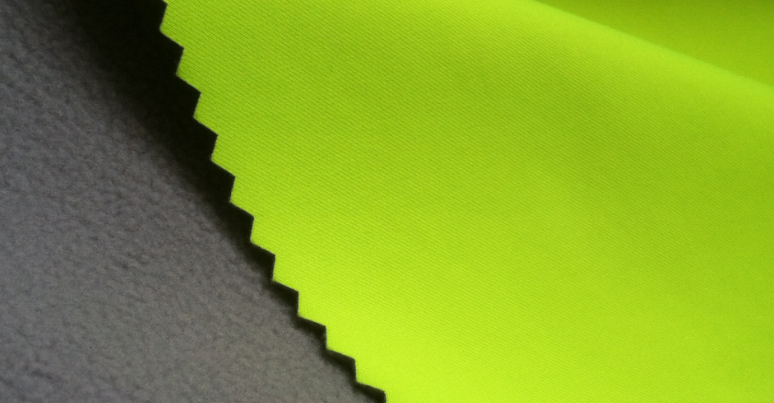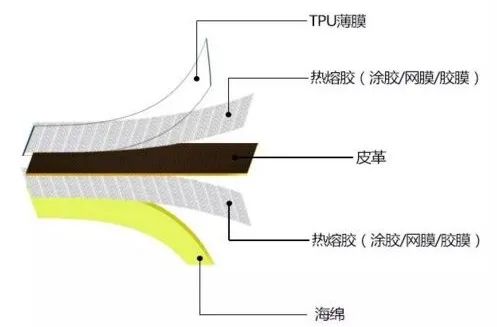Composite fabric is a new type of material made by bonding one or more layers of textile materials, non-woven materials and other functional materials. Suitable for sofas, clothing and other textiles, it is one of the indispensable fabrics for people’s home life.
Double-layer composite fabric
Double-layer composite fabric is made of outer fabric and TPU, PTFE film.

Soft feel, wear-resistant, tear-proof, good color, and excellent waterproof , breathable, windproof effect, long durability.
When double-layer composite fabrics are used to make garments, they need to be lined or paired with fleece thermal layers for use as outerwear.

Three-layer composite fabric
Three-layer composite fabric consists of outer fabric, e-PTFE film, and inner warp knitting Made of mesh.

It feels light and thin, is tear-resistant, wear-resistant, has good color, and has excellent waterproof, windproof effects and breathability Better, long durability.
The three-layer composite fabric is made by laminating 100% pure polyester thickened high-strength non-woven fabric and polytetrafluoroethylene (PTFE) microporous film using special technology and equipment. It has virus blocking and antibacterial properties. , anti-static, anti-blood penetration, waterproof, breathable, windproof, warm, and many other functions, and has the characteristics of being comfortable and light to wear. The anti-microparticle transmission rate is over 90%, making it impossible for viruses and bacteria to pass through.
Characteristics of composite fabrics
Composite fabrics use “new synthetic fiber” high technology and new materials, and have many excellent properties (compared with ordinary synthetic fibers), such as fabrics It is clean, refined, elegant and warm. The fabric has a plump appearance, is windproof and breathable, and has a certain waterproof function. Its main features are warmth and good breathability.
It has good wear resistance. Microfiber fabrics feel soft, breathable and moisture-permeable, so they have obvious advantages in terms of touch and physiological comfort. Microfiber fabrics have poor wrinkle resistance (this is Because the fibers are soft and have poor elastic recovery after wrinkles); in order to overcome this shortcoming, a “composite” process was adopted, which greatly improved the shortcomings of poor wrinkle resistance of microfiber fabrics.
Classification of composite fabrics
Composite fabrics are further divided into ordinary composite fabrics (made by bonding fabrics and linings with adhesives to improve the texture of the fabric and are suitable for garment processing) Simplification and large-scale production) and functional composite fabrics (composited fabrics have special functions such as waterproofing, moisture permeability, radiation resistance, washing resistance, and wear resistance).
Technology of composite fabrics
There are 6 internationally popular composite techniques, namely hot sol powder dot coating composite technique, hot sol slurry point composite technique, and hot sol dusting composite technique , hot sol double-point composite process, polyurethane spray composite process, polyurethane roller coating composite process composite fabric is a new type of fabric developed by the market. In short, it is the composite of two fabrics. fabric. In the past, the most common composite was the composite of suede fabric and wool. Nowadays, any fabric can be used to composite it together. The door width of composite fabrics is limited to the size of the two fabrics before they are combined, which can generally reach 145CM.
Each batch of compounded fabrics must be effectively maintained. First, the reverse fabric is laminated (the film is a transparent material similar to nylon film), bonded with chemical materials, and then Maintenance treatment.
The longer the maintenance treatment, the better the bonding fastness to the fabric and the degree of fusion of the adhesive. Generally, domestic adhesives require three days of maintenance, and imported adhesives require five days. time or longer.
The time required for the adhesive to fully integrate into the space between the fabric and the film will also affect the subsequent bonding effect with the front fabric.






